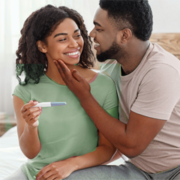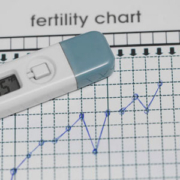Natural Fertility Doctor | Austin, TX
Key Fertility Signs | Am I Ovulating?
For women striving to conceive, understanding and recognizing key fertility signs can be instrumental in optimizing their chances of conception. As a natural fertility expert, Dr. Ruthie Harper, MD, in Austin, TX, emphasizes the importance of empowering women with the knowledge and tools to track their menstrual cycles and identify signs of ovulation accurately. By becoming attuned to their fertility signs, women can pinpoint their most fertile days and maximize their chances of conception.
Women of reproductive age can easily learn to identify and chart the three main fertility signs in their bodies including cervical fluid, waking temperature, and cervical position.
By combining multiple fertility tracking methods and paying attention to subtle changes in their bodies, women can gain a deeper understanding of their menstrual cycles and optimize their chances of conception naturally. Dr. Ruthie Harper, MD, encourages women to embrace their fertility journey with knowledge, confidence, and empowerment, offering support and guidance every step of the way.
If you have tried to become pregnant without success, Dr. Ruthie Harper opens her practice doors to you with compassion, and more than twenty years of natural fertility experience. Discover your personal path to total health, wellness and balance, and learn how the science of personalized integrative medicine can help you become pregnant and achieve your dream of growing your family.





